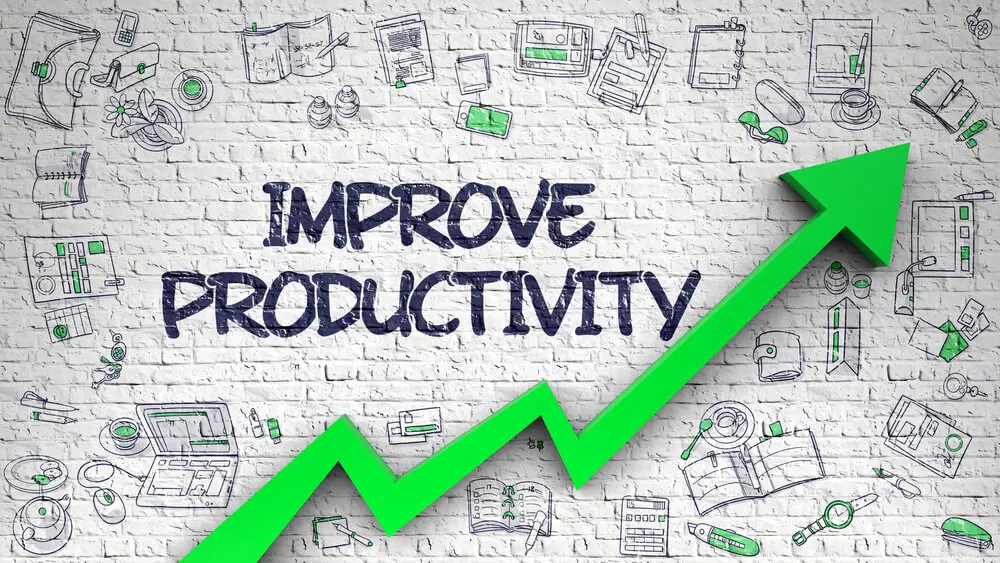Introduction
Productivity is a key concept that lies at the heart of economic growth, individual success, and societal development. It refers to the measure of efficiency with which resources are utilized to produce goods, services, or achieve desired outcomes. For individuals, organizations, and countries alike, productivity plays a vital role in determining prosperity, competitiveness, and overall well-being.
In this comprehensive 2000-word article, we will delve into the various aspects of productivity, exploring its significance, measuring methods, key determinants, and ways to enhance it. By the end of this journey, you will have a deeper understanding of how productivity impacts different aspects of life and how you can harness its potential to thrive in both personal and professional settings.
I. The Significance of Productivity
Productivity holds immense importance across various spheres of life. Whether it’s a worker aiming to complete tasks efficiently, a business striving to maximize profits, or a nation seeking to boost its economic growth, productivity underpins success. Let’s explore its significance in different contexts:
Economic Growth: Productivity growth is a fundamental driver of long-term economic expansion. It allows countries to produce more output with the same resources, resulting in increased GDP and improved living standards for citizens.
Competitiveness: In a globalized world, productivity determines a country’s competitive advantage in international markets. Nations with higher productivity can offer goods and services at lower costs, making them more attractive to consumers and businesses worldwide.
Business Success: Productivity is a critical factor for businesses seeking profitability. Efficiently utilizing resources like labor, capital, and technology allows companies to optimize production, reduce costs, and remain competitive in the market.
Individual Achievement: On a personal level, productivity is crucial for achieving goals and realizing potential. Whether in academics, careers, or personal projects, being productive ensures better outcomes and a sense of accomplishment.
II. Measuring Productivity
To understand and improve productivity, we must quantify it through appropriate measurements. Several methods are employed to gauge productivity in different contexts. Some common metrics include:
Labor Productivity: This metric assesses the efficiency of labor in generating output. It is calculated by dividing total output by the total number of labor hours worked.
Total Factor Productivity (TFP): TFP measures the efficiency with which all inputs, including labor, capital, and technology, are used to produce goods and services. It reflects overall technological progress and innovation.
Multifactor Productivity: Similar to TFP, multifactor productivity considers multiple inputs like labor, capital, and energy, to evaluate the overall efficiency of production.
Output per Hour Worked: This productivity metric focuses on the efficiency of labor by comparing the output generated per hour worked.
Revenue per Employee: This metric is commonly used in businesses to assess how effectively employees contribute to revenue generation.
Gross Domestic Product (GDP) per Capita: This macroeconomic measure evaluates the average productivity of a country’s citizens by dividing GDP by the total population.
III. Key Determinants of Productivity
Productivity is influenced by a variety of factors, each contributing to the overall efficiency of production and outcomes. Understanding these determinants can aid in crafting strategies to enhance productivity. Some vital determinants include:
Technological Advancements: The adoption of cutting-edge technology and innovation can significantly improve productivity by automating processes, reducing errors, and increasing efficiency.
Human Capital: The knowledge, skills, and expertise of the workforce play a pivotal role in productivity. Investing in education, training, and development can empower employees to perform at their best.
Infrastructure: Access to modern infrastructure, such as transportation, communication, and utilities, facilitates smoother operations and distribution, thus boosting productivity.
Workforce Management: Effective management practices, employee engagement, and motivation contribute to higher productivity levels within an organization.
Economic Policies: Favorable economic policies, including tax incentives, supportive regulations, and trade agreements, can create an environment conducive to productivity growth.
Research and Development: Investment in research and development fosters innovation, leading to the creation of new products and processes that drive productivity.
IV. Enhancing Productivity: Strategies and Techniques
To unleash the full potential of productivity, individuals, businesses, and governments can adopt various strategies and techniques. Here are some effective ways to enhance productivity:
Goal Setting and Prioritization: Clearly defining goals and prioritizing tasks can help individuals and organizations focus their efforts on high-impact activities.
Time Management: Efficiently managing time and avoiding distractions can significantly improve productivity. Techniques such as the Pomodoro Technique and time blocking can aid in this process.
Embracing Technology: Adopting relevant and cutting-edge technologies can automate mundane tasks, streamline processes, and boost overall efficiency.
Continuous Learning: Encouraging a culture of continuous learning and professional development can keep the workforce updated with new skills and knowledge, driving productivity.
Collaboration and Communication: Effective communication and collaboration within teams and across departments foster better problem-solving and idea-sharing, leading to improved productivity.
Employee Well-being: Prioritizing the well-being of employees, both physical and mental, leads to a happier and more motivated workforce, resulting in increased productivity.
V. Challenges to Productivity
Despite recognizing the importance of productivity, numerous challenges hinder its optimization. Some common obstacles include:
Work Overload: Excessive workloads can lead to burnout and decreased productivity as employees struggle to cope with mounting pressures.
Lack of Work-Life Balance: An imbalance between work and personal life can negatively impact productivity and overall well-being.
Inefficient Processes: Outdated and inefficient processes within organizations can lead to wasted time and resources.
Resistance to Change: Fear of change or complacency can prevent individuals and organizations from adopting new technologies and practices that could enhance productivity.
Skill Gaps: A lack of necessary skills among employees can limit their ability to perform tasks efficiently.
Conclusion
Productivity is a driving force behind progress and prosperity, shaping the fate of individuals, businesses, and nations. Understanding its significance, measuring methods, key determinants, and enhancement strategies empowers us to unleash its potential fully.
By embracing innovation, investing in human capital, and fostering a culture of productivity, we can create a world where efficiency and success go hand in hand. As individuals and societies, let us recognize the transformative power of productivity and work towards a brighter and more prosperous future.







